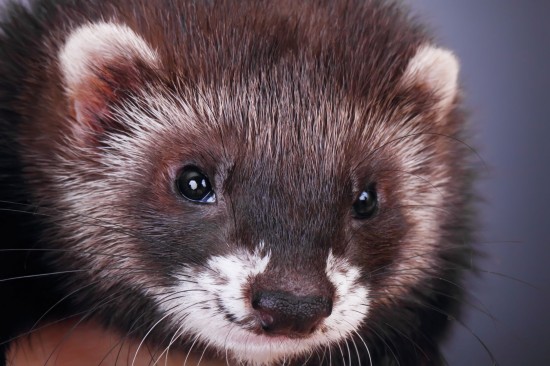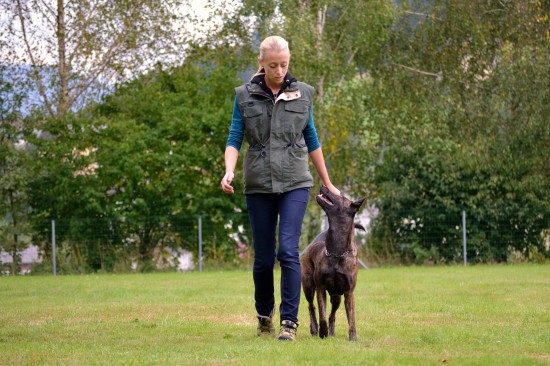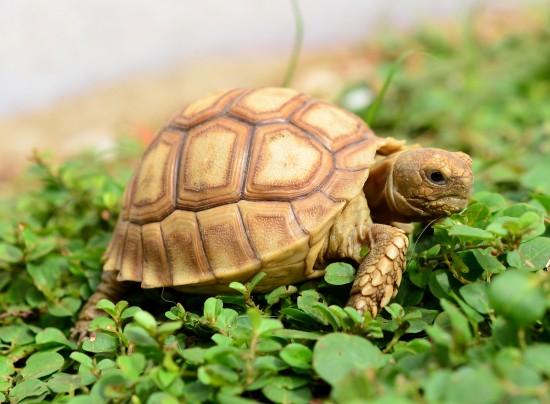
A predator of mountainous territories, Lynx is a reclusive cat. It resides in dense forests, is rarely seen and preys on a variety of animals in the wild.
A medium sized wild cat of the Northern Hemisphere, lynx is a beautiful and elusive feline. Classified into four subspecies in lines of its appearance and distribution, it is seen in a number of countries of Europe, Asia and North America. A large wild cat, it weighs in the range of thirty to seventy pounds, with the size varying across the subspecies.
The word 'lynx' is Greek is origin and means 'to shine' - a possible reference to the cat's bright eyes. Other characteristic features include large paws that assist in walking on snow and a short tail. Neck has a thick ruff of hair around it and ears are tipped by black ear tufts. Whiskers are usually long and prominent. Coloration varies with habitat and is usually brownish gray, with the fur often being spotted on limbs.
An inhabitant of mountains and dense forests, lynx usually lives in thick shrubs and bush. Capable of an arboreal and aquatic style of hunting, it usually stalks and ambushes its prey on the ground. Co-operative hunting has been observed between mother and kittens and prey of various size are brought down in this manner, ranging from hare, rodents, fish, birds, sheep, goat and deer to reindeer. Sight and hearing is usually employed to close in to prey, rather than scent. Lynx prefers to ambush and pounce upon its prey from a close distance, like a leopard, rather than sprint after it like the cheetah.
Largely a solitary and reclusive cat, lynx usually mates in winter and a litter of up to four kittens are born yearly. Independence is reached at nearly one year of age. Owing to their shy lifestyle these cats seldom are seen in the wild and rarely come in contact with humans. Attacks on humans are very rare and are usually in a defensive rather than offensive intent.
Lynx faces a variety of threats in the wild including habitat encroachment and poaching for fur. It is considered endangered in certain portions of its territory, with hunting and trade in its body parts illegal in many countries. There is some hope for the future though, with recent increase in sightings and evidence of reduction in the number of pelts traded annually.
 Patellar Luxation In Dogs
Patellar Luxation
Patellar Luxation In Dogs
Patellar Luxation
 Myths And Misconceptions About Ferrets - True Or False?
Myths And Misconc
Myths And Misconceptions About Ferrets - True Or False?
Myths And Misconc
 Canine Behaviourism - What Is It?
Canine Behaviouri
Canine Behaviourism - What Is It?
Canine Behaviouri
 Five Canine Health Conditions That Can Be Helped Or Hindered By Their Food
Five Canine Healt
Five Canine Health Conditions That Can Be Helped Or Hindered By Their Food
Five Canine Healt
 All About Reptile Brumation
All About Reptile
All About Reptile Brumation
All About Reptile
Copyright © 2005-2016 Pet Information All Rights Reserved
Contact us: www162date@outlook.com